Applications are due by July 21.
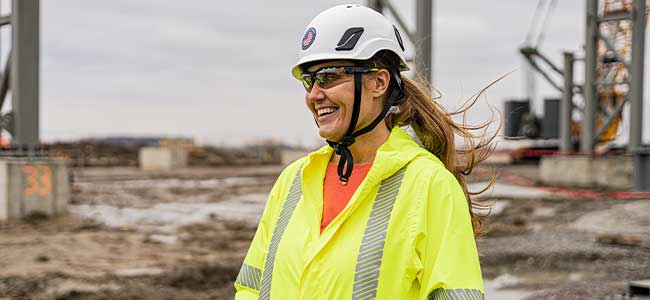
How women’s PPE creates a safe and inclusive job site.
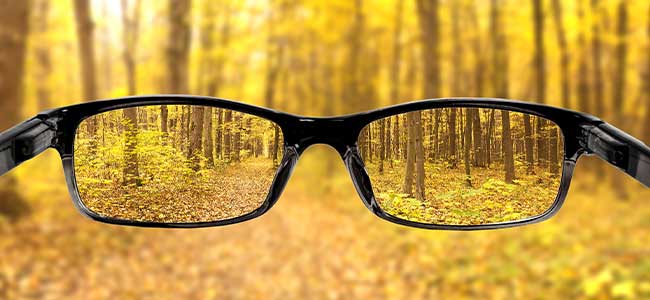
Don’t forget to get back to basics of chemical safety and industrial hygiene.

24/7 live monitoring elevates safety programs in a number of ways.
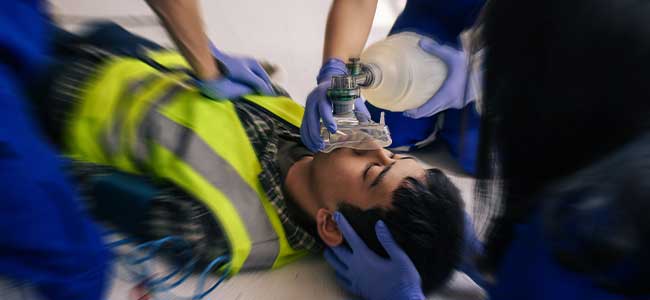
What you didn’t know about CPR and defibrillation could save a life.
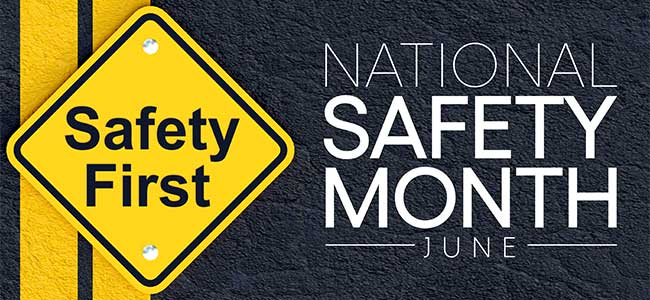
Understanding head, face and eye hazards and their solutions will help keep workers stay safe this June — and all year long.
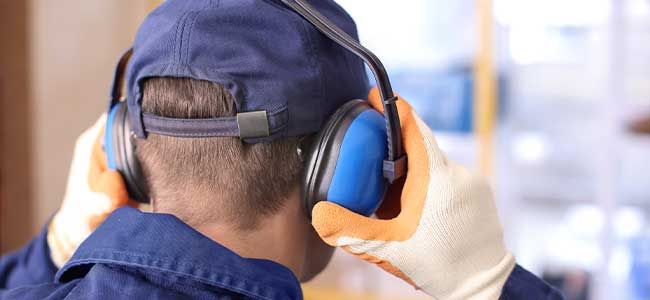
What are the types of hearing loss, and what can be done to prevent it from happening at work?
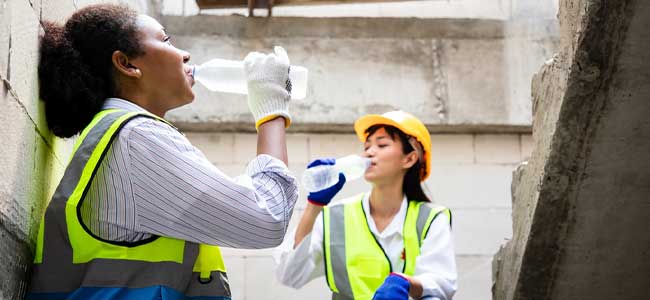
Drinking water and staying hydrated is a simple task that can make a huge difference.
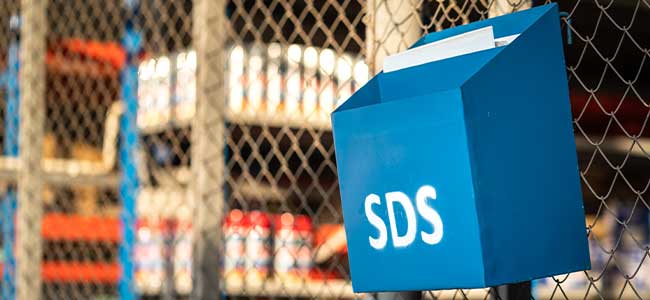
The importance of utilizing the SDS to strengthen chemical storage and handling procedures.
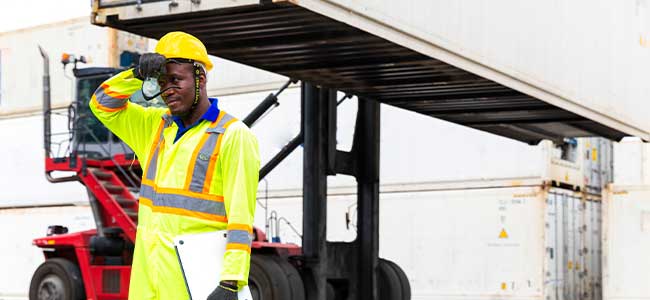
If cold water immersion is not an option, the Tarp-Assisted Cooling Oscillation method for treating heat stroke sufferers can save lives on remote jobsites.